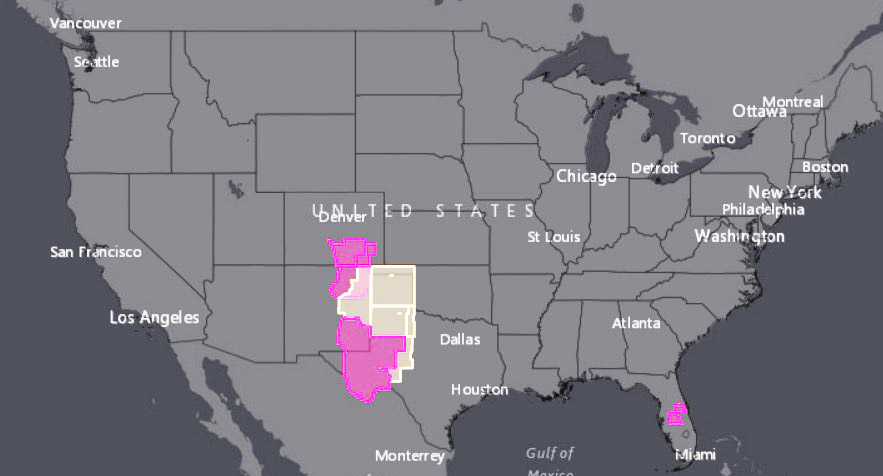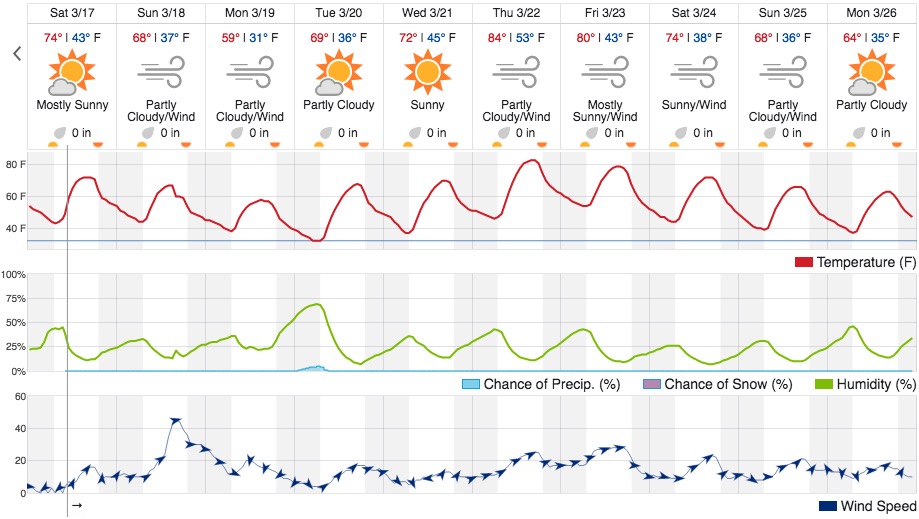Above: A fire burns structures in Tathra, New South Wales. Photo credit: NSW Rural Fire Service.
(Updated at 8:30 a.m. MDT March 19, 2018, US time)
At least 69 homes were destroyed and 39 damaged in the bushfire that spread into the coastal community of Tathra in New South Wales according to the Rural Fire Service.
As the fire ran into the town many residents took refuge on the beach, but very strong winds, smoke, and blowing sand convinced some to leave and head for the evacuation center in Bega.
Initial damage assessment of #Tathra bush fire complete. 69 houses destroyed, 39 damaged. 398 saved or untouched. 30 caravans or cabins have been destroyed. https://t.co/MVB1MsiDDR #nswrfs #nswfires
— NSW RFS (@NSWRFS) March 19, 2018
The fire has burned approximately 1,200 hectares (2,965 acres).
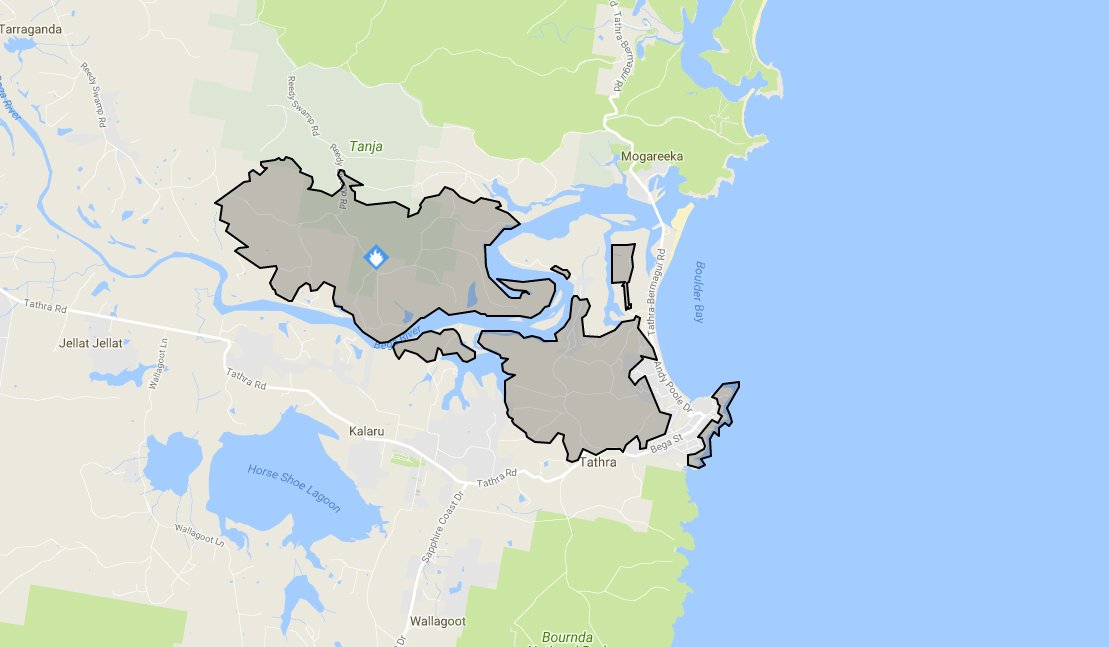
First aerial pictures this morning show the full extent of the #Tathra bushfires. You can still see fires burning in houses and firefighters battling live blazes: https://t.co/7GTxGiFR4m pic.twitter.com/HUAj7a7hZ9
— News Breakfast (@BreakfastNews) March 18, 2018
(Originally published at 11:03 a.m. MDT March 18, 2018, US time)
A fire that started southeast of Bega, New South Wales has burned east to the Pacific coast destroying homes in its path. The official tally of the affected structures is not available but Campbell Fuller, communications director of the Insurance Council of Australia, said “We are hearing several dozen properties” burned.
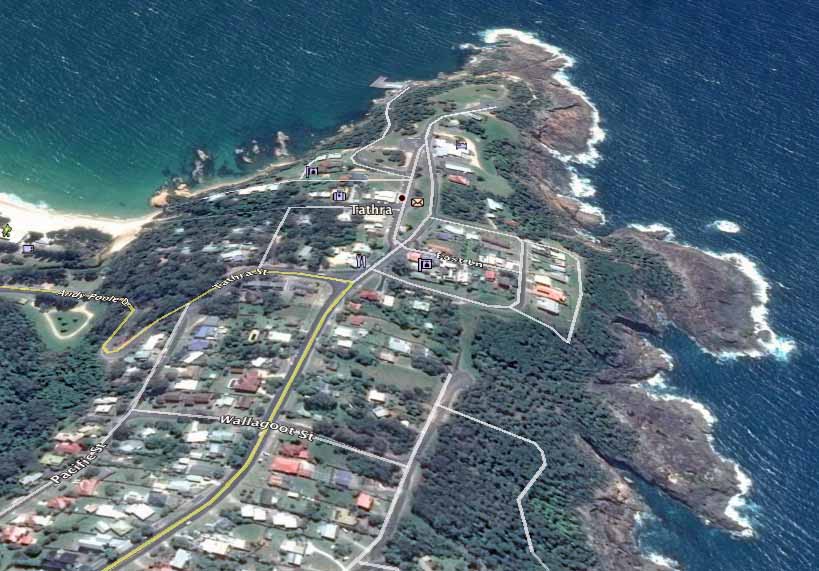
From the Daily Telegraph:
Earlier on Sunday night Bega Valley Shire Council mayor Kristy McBain said up to 35 homes had been lost and the concern was now about people stuck in Tathra as the roads in and out of the town were closed.
Many of the destroyed homes were in the small coastal community of Tathra, population 1,622. After the fire ran east for 5 miles (8 km) from the Bega area to the coast, jumping the Bega River, the wind shifted to come out of the south, slowing the spread. Officials advised residents to continue to monitor conditions and be prepared to enact their bush fire survival plan should the fire threaten again. The evacuation center is at Bega Showground.
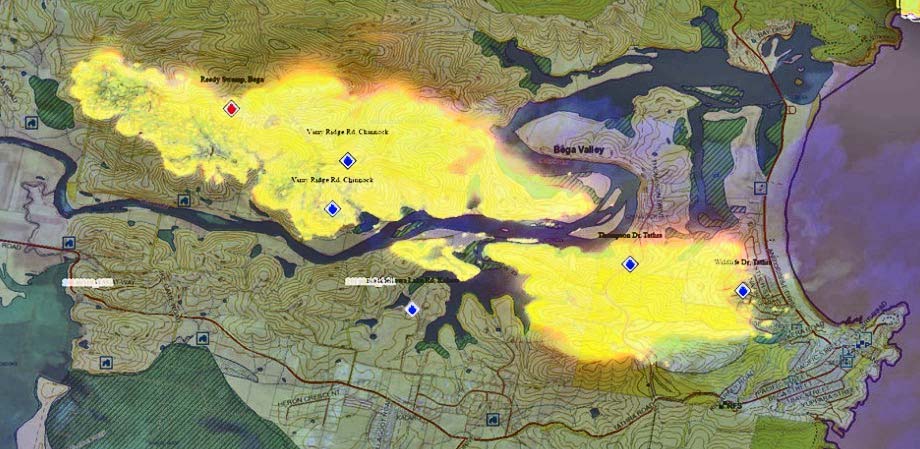
Good news as @NSWRFS DOWNGRADES the warning for the #bushfire in the #Tathra #Bega area to Watch & Act as conditions ease https://t.co/NLeQLUpRnT pic.twitter.com/koJuUlN2Wv
— ABC Emergency (@ABCemergency) March 18, 2018
The NSW Rural Fire Service video below shows Air Tanker 390 making a drop in Tathra.
Firefighters and aircraft still working to protect homes around Tathra. A lot of hard work ahead of them. Sadly, a number of homes and buildings have been destroyed today. The VLAT from @EMV_news is providing assistance. #nswrfs #nswfires pic.twitter.com/On0IBYh0UA
— NSW RFS (@NSWRFS) March 18, 2018
The latest size of the fire released by the Rural Fire service at 23:10 March 18 local time was 1,000 hectares (2,470 acres).




